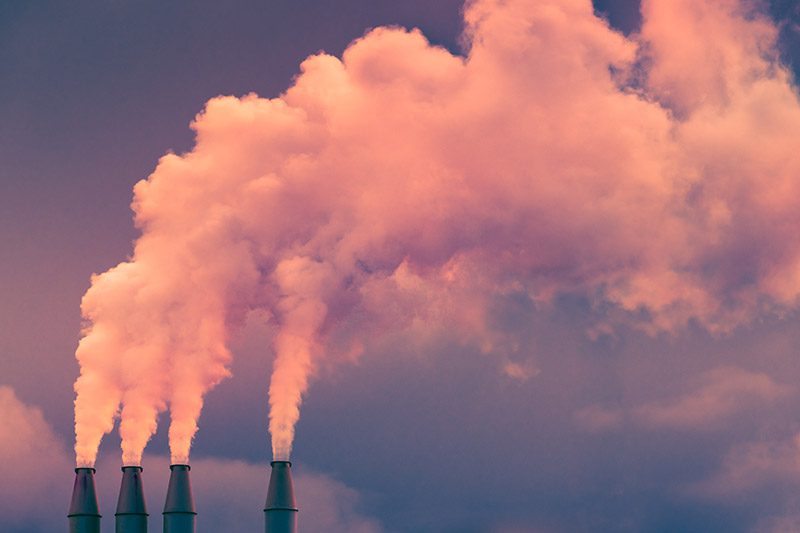3i. Particulate Matter
What is Particulate Matter?
Particle pollution — also called particulate matter (PM) — is made up of particles (tiny pieces) of solids or liquids that are in the air. These particles include fly ash and dust that are expelled from coal-burning power plants. Exposure to fine particles can cause short-term health effects such as eye, nose, throat, and lung irritation, as well as coughing, sneezing, runny nose, and shortness of breath.
Exposure to fine particles can also affect lung function and worsen medical conditions, such as asthma and heart disease. PM can reduce visibility, causing a haze and damaging statues and monuments. Depending on the chemical composition, PM can also negatively impact lakes, streams, and soil.

Controlling Particulate Matter Emissions
The coal industry uses two main strategies to trap particulate matter as it exits the boiler. The first is a fabric filter bag, which operates just like a household vacuum cleaner. The exhaust gas is pulled into the fabric bag where the particulate matter is trapped.
The second method is called electrostatic precipitation. The exhaust gas passes through a series of charged electrodes, which give the particles either a positive or negative charge. Next, the particles pass through plates with charges and the charged particles of particulate matter stick to the plate with the opposite charge.
Particulate Matter Activity
Students can explore capturing particulate matter in a classroom activity. Download the activity sheet for supplies and instructions:
